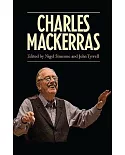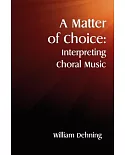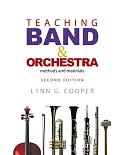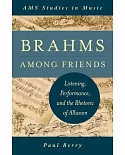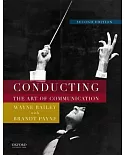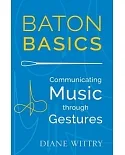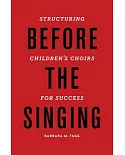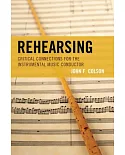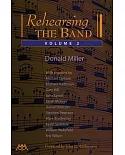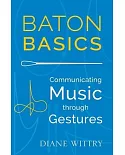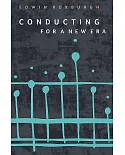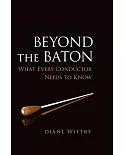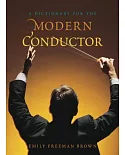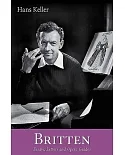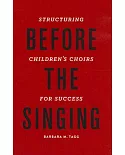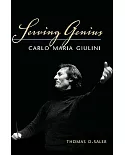Principles of Orchestration By Nikolay Rimsky-Korsakov. A master of the orchestral technique. Edited by Maximilian Steinberg. English translation by Edward Agate. Volume I. The term
orchestration in its specific sense refers to the way instruments are used to portray any musical aspect such as melody or harmony.For example, a C major chord is made up of the notes C, E, and
G. If the notes are held out the entire duration of a measure, the composer or orchestrator will have to decide what instrument(s) play this chord and in what register. Some instruments,
including woodwinds and brass are primarily monophonic and can only play one note of the chord at a time. However in a full orchestra there is generally more than one of these instruments, so
the composer may choose to outline the chord in its basic form with clarinets or trumpets. Other instruments, including the strings, piano, harp, and pitched percussion are polyphonic and may
play more than one note at a time.Additionally in orchestration, notes may be placed into another register (such as transposed down two octaves for the basses), doubled (both in the same and
different octaves), and altered with various levels of dynamics. The choice of instruments, registers, and dynamics affect the overall tone color. If the C major chord was orchestrated for the
trumpets and trombones playing fortissimo in their upper registers, it would sound very bright; but if the same chord was orchestrated for the celli and string basses playing sul tasto, doubled
by the bassoons and bass clarinet, it might sound heavy and dark.Note that although the above example discussed orchestrating a chord, a melody or even a single note may be orchestrated in this
fashion. Also note that in this specific sense of the word, orchestration is not necessarily limited to an orchestra, as a composer may orchestrate this same C major chord for, say, a woodwind
quintet.


